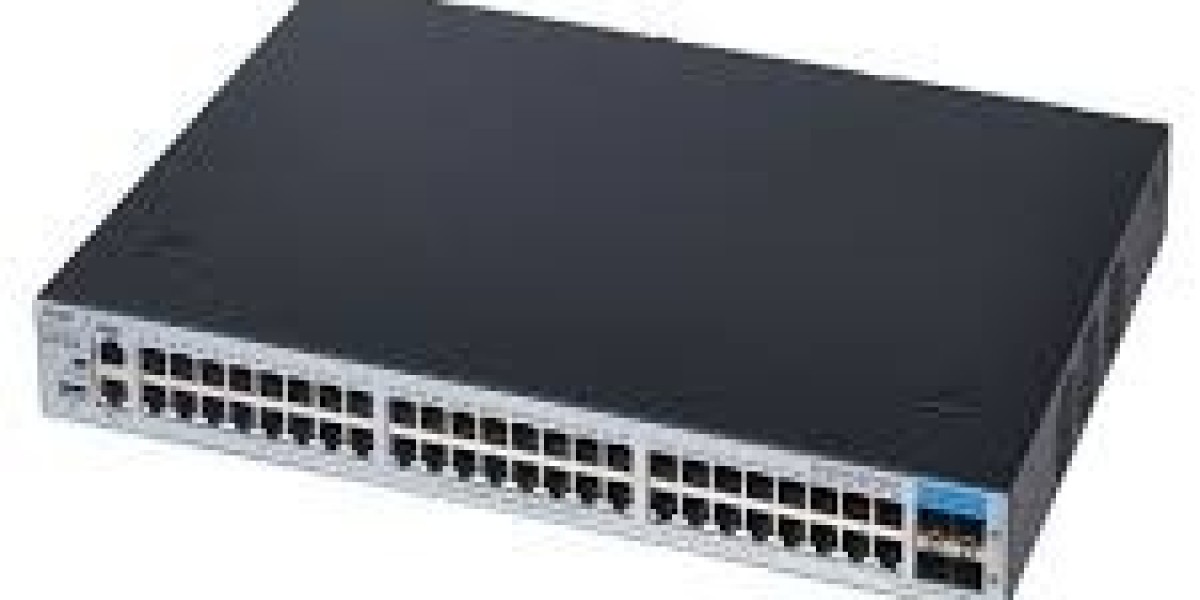Maximizing space efficiency is essential when designing audio visual (AV) rack systems for small environments. With limited space, it's crucial to implement solutions that optimize the use of available area while maintaining functionality and accessibility. This guide explores various space-saving strategies and best practices for creating compact yet efficient AV rack systems.
1. Compact and Modular Rack Designs
Choosing the right rack design is the first step in creating a space-efficient AV system.
Compact Racks
Slim Profile: Opt for racks with a slim profile that fit into tight spaces.
Wall-Mountable: Consider wall-mounted racks to free up floor space.
Short Depth: Use racks with a short depth to accommodate shallow spaces.
Modular Racks
Scalability: Modular racks allow for easy expansion and reconfiguration.
Stackable Units: Use stackable rack units to maximize vertical space.
Flexible Layouts: Design flexible layouts that can adapt to changing needs.
2. Efficient Component Selection
Selecting components that are designed for space efficiency can significantly reduce the overall footprint of your AV system.
Compact Components
Miniaturized Devices: Choose compact versions of AV devices, such as mini amplifiers, compact receivers, and small-form-factor PCs.
All-in-One Solutions: Opt for all-in-one devices that combine multiple functions, such as integrated amplifiers with streaming capabilities.
Multi-Function Devices
Integrated Solutions: Use devices that integrate multiple functionalities, such as AV receivers with built-in streaming and wireless connectivity.
Consolidation: Consolidate separate components into fewer, more capable devices to save space.
3. Efficient Cable Management
Proper cable management is crucial for maintaining an organized and space-efficient AV rack system.
Cable Organization
Cable Trays and Channels: Use cable trays and channels to route cables neatly.
Velcro Straps: Secure cables with Velcro straps to prevent tangling and clutter.
Color-Coding: Color-code cables for easy identification and troubleshooting.
Space-Saving Connectors
Right-Angle Connectors: Use right-angle connectors to reduce the space needed behind the rack.
Slim Cables: Choose slim or flat cables that take up less space than traditional round cables.
4. Vertical and Horizontal Space Optimization
Maximizing both vertical and horizontal space can help you fit more components into a small area.
Vertical Optimization
Stacking: Stack components vertically to make use of height.
Adjustable Shelves: Use adjustable shelves to accommodate different component sizes.
Rack Extensions: Consider rack extensions that add vertical space without increasing the footprint.
Horizontal Optimization
Side-by-Side Mounting: Mount components side by side when possible to save vertical space.
Sliding Shelves: Use sliding shelves for easy access to components in tight spaces.
Low-Profile Components: Choose low-profile components that can be stacked or placed in shallow racks.
5. Cooling and Ventilation
Proper cooling and ventilation are essential in compact AV rack systems to prevent overheating.
Efficient Cooling Solutions
Active Cooling: Use small, efficient fans to promote airflow in confined spaces.
Passive Cooling: Design the rack with adequate ventilation slots and perforated panels for passive cooling.
Ventilation Planning
Airflow Management: Ensure there is a clear path for airflow through the rack.
Heat Dissipation: Position components with high heat output near ventilation areas.
Temperature Monitoring: Implement temperature sensors to monitor and manage heat levels.
6. Innovative Mounting Solutions (continued)
Off-Rack Mounting (continued)
Under-Desk Mounting: Mount smaller components under desks or tables to free up rack space. This method keeps the equipment accessible but out of sight, maintaining a clean appearance.
Custom Mounting Brackets: Use custom mounting brackets to attach components to unconventional surfaces, such as behind furniture or on walls.
Overhead Mounting
Ceiling-Mounted Racks: Install racks or shelves on the ceiling to utilize overhead space. This is ideal for environments where floor space is extremely limited.
Vertical Wall Mounts: Use vertical wall mounts to extend the rack system upward along walls, maximizing available vertical space.
7. Best Practices for Space Optimization
Implementing best practices can help ensure that your compact AV rack system remains functional and organized.
Prioritize Essential Components
Essential Gear: Focus on integrating only the most essential components into your rack system to reduce clutter.
Eliminate Redundancies: Avoid redundant or unnecessary equipment that takes up valuable space.
Use Rack Accessories
Cable Management Accessories: Employ cable management accessories like cable ties, cable organizers, and panel mounts to keep cables neatly arranged.
Rack Mount Accessories: Utilize rack mount accessories such as blank panels, rack ears, and extender rails to customize the space within the rack.
Maintain Accessibility
Easy Access: Design your rack system to ensure easy access to frequently used components. This might include sliding drawers or shelves that pull out.
Labeling: Clearly label all components and cables to simplify maintenance and troubleshooting.
8. Case Studies of Space-Saving Solutions
Examining case studies can provide practical examples of how space-saving solutions are implemented effectively.
Home Office AV Setup
Scenario: A small home office incorporates a compact AV rack system to manage audio equipment, a computer, and a streaming device.
Solution: The setup utilizes a wall-mounted rack with adjustable shelves, compact components, and efficient cable management.
Outcome: The office remains organized, with easy access to equipment and minimal clutter.
Small Conference Room
Scenario: A small conference room needs an AV rack system to support video conferencing and presentations.
Solution: The solution includes a slim, vertical rack mounted on the wall, with integrated cooling and wireless components to reduce cable clutter.
Outcome: The room has a clean and professional look, with all AV components accessible and functional.
Apartment Living Room
Scenario: An apartment living room requires a space-efficient AV rack system for a home theater setup.
Solution: The setup features a low-profile, under-TV rack with compact devices and custom mounting brackets for a neat appearance.
Outcome: The living room is stylish and functional, with minimal space used for AV equipment.
9. Future Trends in Space-Saving AV Solutions
As technology continues to evolve, new trends and innovations are emerging to address space constraints in AV rack systems.
Miniaturization of Components
Smaller Devices: Advances in technology are leading to the development of smaller, more efficient AV components that require less space.
Integrated Solutions: More all-in-one solutions are available, combining multiple functions into single, compact devices.
Advanced Cable Management Technologies
Wireless Technologies: The increased use of wireless technologies reduces the need for extensive cabling, simplifying cable management.
Smart Cable Management: Innovations in smart cable management systems offer automated solutions for organizing and controlling cables.
Modular and Flexible Designs
Modular Racks: Modular rack systems are becoming more popular, allowing for customizable and adaptable setups that can be easily reconfigured.
Flexible Mounting Solutions: New mounting solutions, such as adjustable brackets and versatile shelving, provide greater flexibility in compact spaces.
Conclusion
Creating a space-efficient audio visual rack system involves a combination of thoughtful design, strategic component selection, and effective space management. By employing compact and modular rack designs, optimizing cable management, and utilizing innovative mounting solutions, you can achieve a functional and organized AV system even in limited spaces. Staying informed about emerging trends and best practices will help you continue to adapt and optimize your AV setup as technology advances and your needs evolve.
Read Related Here:- https://buymeacoffee.com/harrisallex/integrating-overhead-speakers-your-home-entertainment-system







